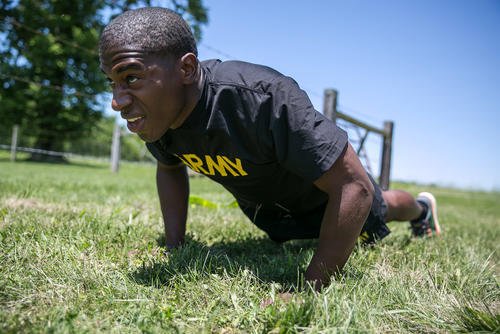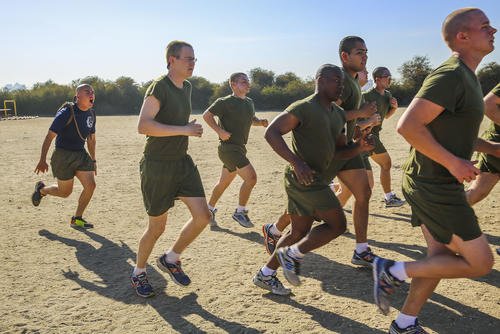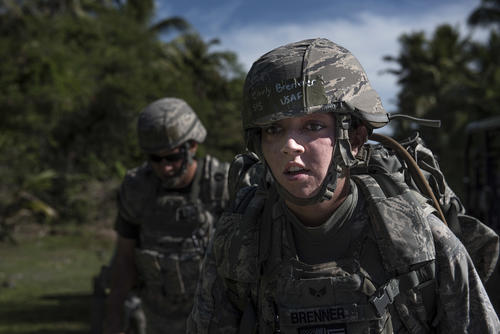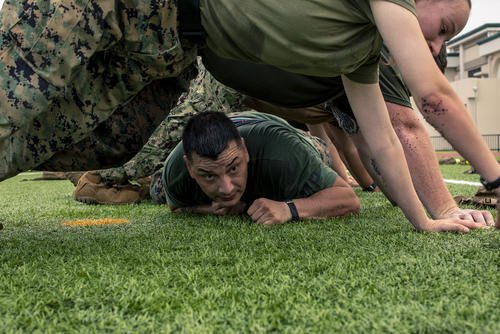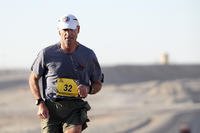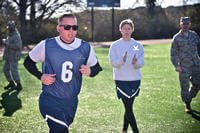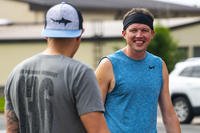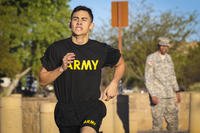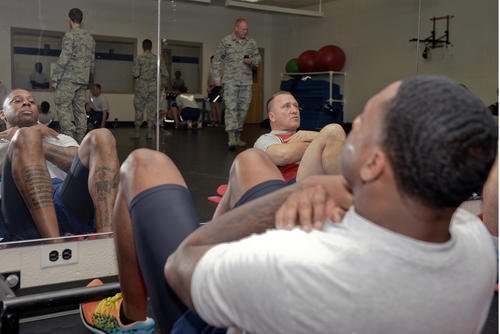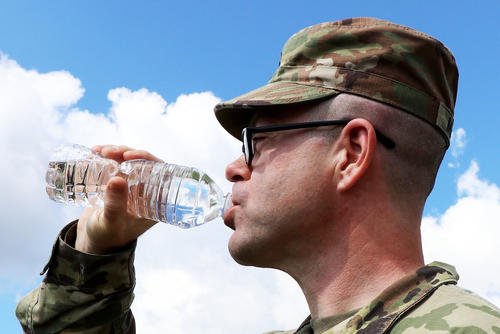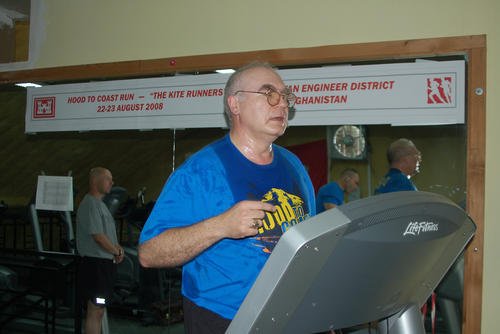Casualty evacuation, frequently referred to as CASEVAC, is one of the most physically and mentally grueling tasks faced by military personnel.
There is nothing quite like adding an "injured man drill" to an already long and exhausting training day to challenge the will of your team. CASEVAC tests every facet of physical strength and endurance, as well as team cohesiveness, leadership and communications.
There are reasons why we practice this type of drill: When it happens for real, you must know how to bring your A-game to a highly stressful event, even when you’re exhausted.
Whether faced with extracting a wounded member from immediate danger or moving casualties over extended distances to reach medical assistance, preparation for such a scenario demands a unique blend of physical fitness, psychological resilience and tactical proficiency. Recent research published in Military Medicine, a journal of the AMSUS Society of Federal Health Professionals, highlights the specific skills and abilities required for success in casualty evacuation, and how individuals and units can best prepare for this task.
At its core, CASEVAC is about speed, team safety and efficiency. The task often unfolds in high-stress, chaotic environments -- under fire, in darkness, through rough terrain or confined spaces -- where every second may be the difference between life and death.
The two goals of a casualty evacuation are:
- Immediately remove an injured individual from harm's way.
- Get life-saving care to the individual.
Read Next: The Best Workouts to Improve Your Swimming Times on Military Fitness Tests
The study highlighted the immense physical requirements of CASEVAC and how they differ from other military fitness demands.
Researchers evaluated combat-equipped soldiers dragging an 80-kilogram (176-pound) mannequin both while crawling and upright, simulating the real-world conditions of evacuating a wounded comrade from the battlefield to a safe location.
The average duration of these evacuations in the study was 87 seconds -- short but brutally intense.
Key Predictors of High Performance
The study identified several primary predictors that contribute to successful casualty evacuations over short distances:
- Anaerobic capacity: Since the average evacuation lasted less than two minutes, the body's anaerobic energy systems were most taxed. Tactical operations often require the transportation of heavy equipment or evacuations of wounded personnel. Anaerobic capacity is essential for sustaining these strenuous activities over a moderate time, typically 30 to 90 seconds.
- Lean body mass: Stronger muscle mass, particularly in the trunk and lower/upper body, will help to create more power and force, as well as improve efficiency when dragging or carrying heavy loads.
- Maximal strength: Creating maximum force, maintaining a firm grip, and lifting and pulling awkward weight over a distance is functional in this situation.
Interestingly, researchers noted aerobic fitness was not a significant predictor of performance in these short, intense efforts.
A strong anaerobic system is essential to recover from brief bouts of maximal activity.
However, a strong aerobic base can be important when moving a casualty over longer distances that may take hours. In those cases, aerobic endurance, grip strength and mental fortitude become increasingly significant as sustaining high exertion over time taxes the entire body, all energy systems and the mind.
How to Prepare for CASEVAC
Given the various demands of casualty evacuation, ideal preparation is equally diverse.
Below are practical recommendations, informed by both the study and the broader tactical requirements of this load-bearing activity:
Build Muscle/Get Stronger
- Emphasize compound lifts such as deadlifts, squats and carries -- movements that closely mimic real-world CASEVAC tasks.
- Progressively overload with heavy weights (e.g., 75% to 90% of your one-repetition max), focusing on absolute strength and power output.
- Combine resistance training with powerlifting and muscle-building protocols in the eight- to 12-rep range.
- Incorporate sled drags, weighted crawling and loaded carries to simulate the specific mechanics of an evacuation under a load. Train with handles to build a strong, long-lasting grip when lifting and carrying over rough terrain.
Enhance Anaerobic Capacity
- Utilize high-intensity interval training (HIIT) -- short bursts of maximum effort (20 to 90 seconds), followed by rest periods.
- Perform sprint intervals, kettlebell swings or plyometric circuits to condition the body for explosive, short-duration efforts.
- Practice sprints, drags and carries while wearing body armor or weighted vests to replicate operational conditions.
Train for Aerobic Base/Endurance (for Long-Distance CASEVAC)
- Include longer, moderate-intensity cardio sessions (30+ minutes) to cultivate an aerobic base for extended evacuations.
- Incorporate ruck marches, loaded runs and farmer's walks over distances ranging from 400 meters to several kilometers.
- Mix endurance with interval work to replicate the unpredictable pace of real-world CASEVAC, where prolonged drags may follow sprints.
- Practice so you learn the proper body mechanics for drags, carries and transitions from a crawl to an upright movement to maximize efficiency and minimize injury risks.
Prepare Mentally and Tactically
- Simulate stress by practicing under time constraints and in challenging environments (rain, darkness, noise).
- Train with teammates to foster communication and teamwork while sharing the most challenging tasks, which is critical when evacuating casualties as a unit.
- Include scenario-based drills that incorporate communications, decision-making, negotiating obstacles and tactical movement under simulated fire.
The primary focus of these casualty evacuations is to remove an injured soldier from danger quickly so that medics can perform life-saving medical procedures first. Then, a longer casualty evacuation may be required to a safer medical transport area. Regardless, casualty evacuation is one of the most physically demanding tasks in the military.
Recommended resources, such as the Military.com Fitness Section, include:
- Strength and power periodization for maximal gains.
- Endurance and work capacity development.
- Mobility and injury prevention.
- Programming for tactical tests such as sled drags, casualty carries and loaded movements.
Links to fitness tests with CASEVAC:
- Army Fitness Test with Sled Drag (similar but lighter)
- Ranger Fitness Test with CASEVAC Drag
- USMC Combat Fitness Test (Personnel Drag/Carry)
Want to Learn More About Military Life?
Whether you're thinking of joining the military, looking for fitness and basic training tips, or keeping up with military life and benefits, Military.com has you covered. Subscribe to Military.com to have military news, updates and resources delivered directly to your inbox.







